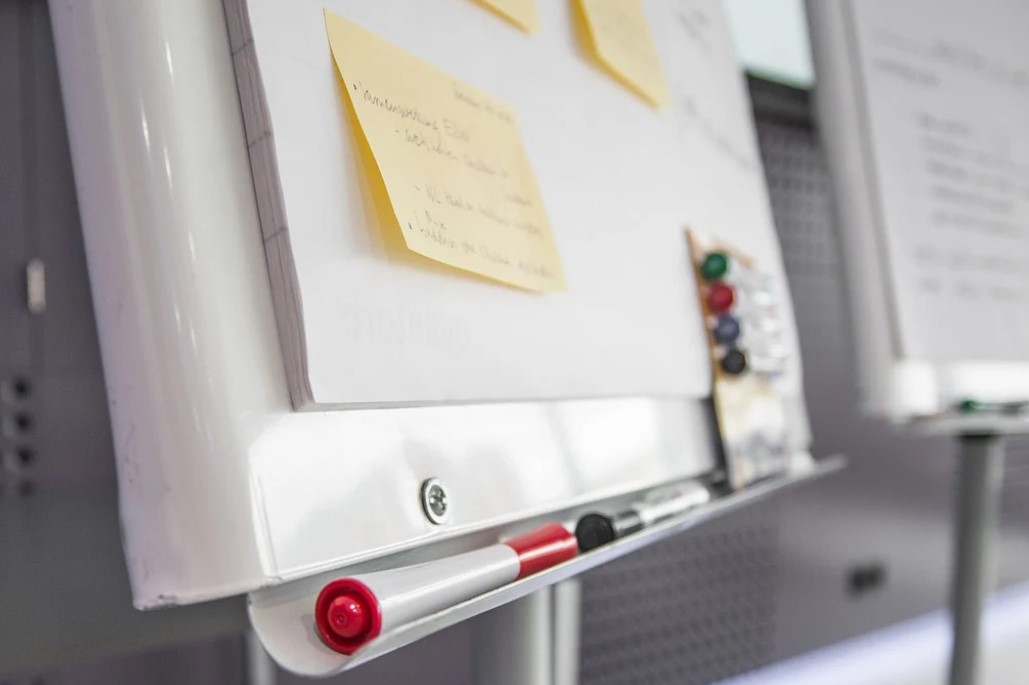7 Steps to Plan a Grant Proposal
Following these steps can help guide your grant proposal to success

Writing a grant proposal means knowing what you want to do in detail. You started with a good idea; now it’s time to focus on the specifics so that you sound as if you know what you’re doing.
If you write down the information and add to it as you think of additional items, you’ll be all set when you start working on the actual proposal. Enlist others to help flesh it out; those who will be overseeing the program being proposed for the grant if you get it are the best people to help you fill in the blanks.
The following are what you will need to outline and complete.
1. Mission
Start with the mission. State in clear, simple, and convincing terms what your goal is and what your plan will achieve. What do you recognize as missing from your district? What do you think can solve it? This is the heart of your proposal: You want students to improve and you believe that they will if you can employ the component that is missing for them.
2. Needs
To identify the mission, be sure that you can clearly explain who the students are and what’s lacking in their learning. These are the needs. Be careful not to focus on the technology you want to use but stress the academic or economic needs. Know the demographics, test results, and anecdotal evidence that prove your district, school, or class needs what you are asking for.
3. Goals and Objectives
Goals are general guidelines that explain what you want to achieve. These are your vision for what will be at the end of the program, the guiding principles or outcomes. Objectives are the deliverables that make the goals happen, the strategies and steps you will take to reach the goals. The objectives should clearly support the goals. Be sure that the goals and objectives are specific and measurable.
4. Timeline
Your project will have two timelines. The first is to get all the input that matters with enough time to get feedback and include it in the proposal by the submission deadline. The second is the project timeline itself, the plan to achieve your goals by the end of the program with a tentative but logical schedule for each stage of your project.
Tools and ideas to transform education. Sign up below.
The project timeline includes a list of tasks or activities in chronological order so everyone involved can see the whole plan in one place. You can create it on a spreadsheet or a bar chart, in which each task is given a name and a corresponding start and end date. You can also use project management software to keep track. When you create the timeline, leave room for adjustments. Things don’t always work exactly as planned.
*Please participate in this T&L grants tips and advice survey*
5. Assessment
Assessment is the process of gathering information from various sources in order to have a real understanding of what students know, understand, and can do as a result of your project.
You will want to know how well your idea worked so you’ll measure progress on an ongoing basis. You should decide beforehand how you’re going to do this. Will you give tests, observe students, or do other forms of evaluation? What standards or benchmarks will you use? Will what you learn be part of a feedback loop? With evaluations known as formative assessments, you use the results to inform ongoing work.
In addition, if this is a large-scale program, you should plan for an outside evaluator to determine how well you’ve achieved your goals. That type of evaluation is a determination of how well the program has succeeded.
6. Materials
While materials often include school furniture, equipment, technology, curriculum materials, textbooks, and other resources such as financial and human resources, you can’t make your proposal sound like a wish list. Identify the supplies and staff that are essential to make the project work and include all that.
Be sure to also disclose how you will leverage the resources you already have. This is particularly important in listing the expertise of teachers who will carry out the program.
7. Cost
You should include a relatively comprehensive and complete budget that outlines what the needs will cost without overestimating what you are requesting. You will have to explain the total projected costs to complete your project over the timeframe of the grant. You should estimate what the costs will be for every phase. Include such things as personnel costs, materials, and operating costs.
Once you complete this list, it becomes the basis for the grant proposal you want now and a template for the next one. If you get this grant and the evaluation shows that you succeeded in achieving your goals, you’ll be able to build your next idea on the results of this one.
*Please participate in this T&L grants tips and advice survey*
Gwen Solomon was Founding Director of The School of the Future in New York City, Coordinator of Instructional Technology Planning for New York City Public Schools, and Senior Analyst in the U.S. Department of Education’s Office of Instructional Technology. She has written and co-authored several books and many magazine articles on educational technology.
